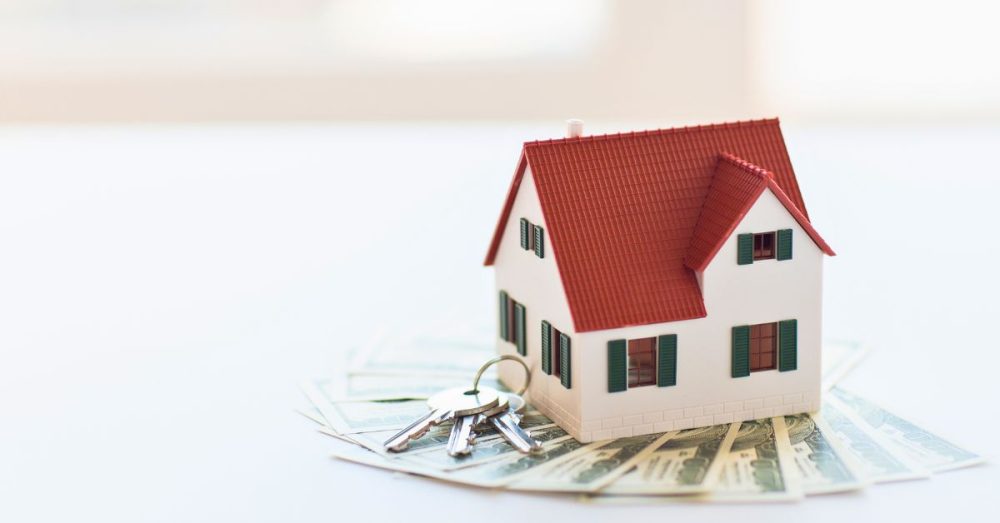(The Center Square) – Nearly all Texans polled, 90%, say housing affordability in Texas is a problem, according to a University of Houston Hobby School of Public Affairs and Texas Southern University Texas Trends 2024 survey.
Throughout the report’s analysis, high property taxes and rising homeowner insurance costs are cited as the top factors impacting homeowners and renters.
Across income brackets, Texans say “housing affordability is a big problem.” They include 56% who have an annual income of less than $60,000; 40% in the $60,000 and $90,000 income bracket; and 34% in the income bracket of $100,000 or more.
The majority polled, 56%, say the cost of housing represents a financial strain; 38% “a major source of strain.”
When asking Texas homeowners what adds to their financial strain, a significant majority, 68%, said utility bills; 61% said homeowner’s insurance; 53% home maintenance; 51% mortgage payments; 50% public school property taxes; 50% local property taxes; 43% home renovations; 21% HOA dues.
When asking Texas renters what housing costs create a financial strain, the majority, 78%, said their rent, followed by 61% who said utility bills and 23% who said renter’s insurance.
The poll was conducted between June 20 and July 1 among 2,257 YouGov respondents 18 and older. Nearly half polled, 48%, live in the most populous counties where home prices and property taxes are the highest: Bexar, Dallas, Harris, Tarrant and Travis.
“At one end of the housing crisis, over half a million people are experiencing houselessness on the streets or in shelters. At the other end, homeownership rates have fallen, particularly for lower-income households, younger families, and minorities,” the UH report states. “Other pressing housing issues include declines in affordable rentals and shortages in emergency and transitional housing.
“This is due to high property taxes and rising homeowner insurance costs, which place a substantial financial strain on many households.”
The analysis also notes that a significant number of Texas residents are considered housing constrained or cost-burdened: nearly a quarter of Texas’ 6.9 million homeowner households spend more than 30% of their income on housing costs.
Among the approximately 3.94 million renter households, a large portion are classified as severely cost-burdened, spending more than half of their income on rent. “This situation is particularly dire for the over 900,000 extremely low-income renters in Texas. Many households are forced to allocate a disproportionate amount of their income to housing, leaving little for other essential needs,” the report states.
Affordability further worsens in Austin, Dallas and Houston, where demand for affordable housing outweighs supply.
“Rising property taxes can also be a burden for homeowners, especially those on fixed incomes,” it states, again emphasizing high property taxes.
“Even in today’s highly charged political environment, there are still a few things that most people agree on. In this case, it’s the fact that housing costs are out-of-control,” James Quintero, policy director for the Texas Public Policy Foundation’s Taxpayer Protection Project, said in a statement about the affordable housing crisis in Texas.
The best way to make homeownership more affordable, TPPF has argued for years, is to reduce property taxes and reign in local government spending, waste, fraud and abuse. The Texas legislature has taken some measures to do this, but more can be done, fiscal hawks argue.
TPPF recommends that local governments help homeowners and renters by adopting a no-new-revenue tax rate, meaning a tax rate that “would produce the same amount of taxes if applied to the same properties from one year to the next,” Quintero says.
Another recommendation is for local governments to delay going into debt and lower their Interest and Sinking tax rate, which “provides funds for payments on the debt that finances a [government’s] facilities.”
Similar to the state government, which returned a portion of its surplus through property tax reductions, local jurisdictions can return “uncommitted excess reserves to the public in the form of temporary tax rate reductions,” Quintero says.
This may prove difficult in Democratic-run cities whose officials, school districts and even voters continue to pass multi-billion-dollar bonds saddling taxpayers with decades worth of debt and interest through increased property taxes. County governments are also passing bonds to fund “emergency services” and creating new municipal districts to create new taxes. Throughout the state, in rural and urban counties, homeowners are experiencing property tax rates of over 2.1%. In major urban areas, property taxes are increasing by 10% every year.
Gov. Greg Abbott and state lawmakers have pledged to continue reducing property taxes next year. Last year, they advanced the second-largest property tax relief package of $18 billion in state history, The Center Square reported.
Texas has the sixth-highest property taxes in the country, a top concern among voters.


